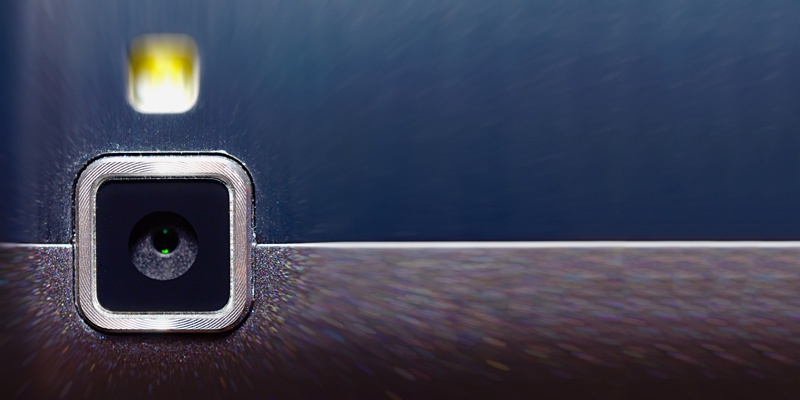
It’s no secret that biometrics is the future of identity-recognition technology. This new technology is changing the security industry, making it safer and more reliable. One of the more up-and-coming facets of biometrics is facial recognition software. This technology depends on identifying an individual and matching them with the corresponding level of access. The market for facial recognition software is growing at a rapid rate, with a projected value of almost $3.3 billion by 2022 (according to a report by credenceresearch.com).
In the words of Tom Shaw, Vice President at USAA (United Services Automobile Association), “In our opinion, the password is dying.” This is the attitude many companies have in today’s day and age, and is causing many businesses to shift away from passwords to biometric technology. Two emerging technologies include “selfie” security and iris recognition.
“In our opinion, the password is dying.”
— Tom Shaw, Vice President at USAA
“Selfie” security offers the user the ability to use a picture of their face as their password. Since faces can’t easily be changed or copied, the possibility of identity theft is minimal. In fact, this type of tech is now being implemented in many mobile banking apps. MasterCard® is set to release its new “selfie pay” technology this summer. In this program, users will complete their normal shopping routines, then after making their purchases, they will take a “selfie” using the MasterCard® mobile app. The state of Georgia is also utilizing a new program for taxpayers that gives them the option to make a secure account through taking a photo, then taking a separate photo on their smartphones as way to make sure the returns weren’t submitted fraudulently.
Iris technology is another facet of biometrics that is experiencing a large influx of interest. This technology is as fast and simple as taking a “selfie”, and doesn’t require direct contact with the user. It is also more reliable than a photo, as they are specific to the individual. Irises cannot be changed or fooled by differences in appearance, nor can they be shared with anyone else. The integration of this tech into smartphones has spurred heavy interest and acceptance of iris recognition software, and it is beginning to be implemented into many different security systems and industries. One such example is how John F. Kennedy International Airport in New York has embraced the technology, making it available to U.S. citizens with e-passports and Visa Waiver Program travelers. The system scans the traveler’s face, and compares the image to a photo stored in an electronic chip on their passport.
These two growing technologies are changing the entire industry of security systems, and it will be exciting to watch the tech develop over the next few years, and how it will be implemented in a wide range of areas.
